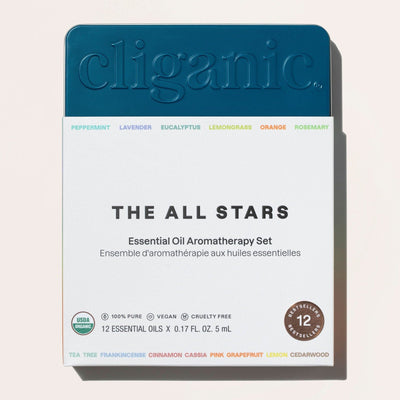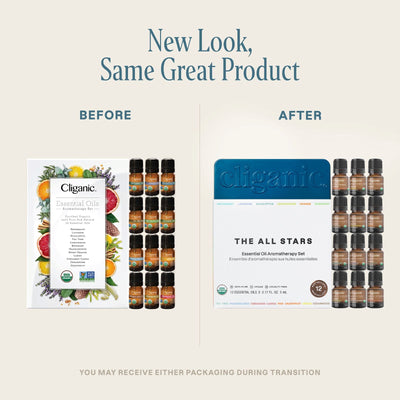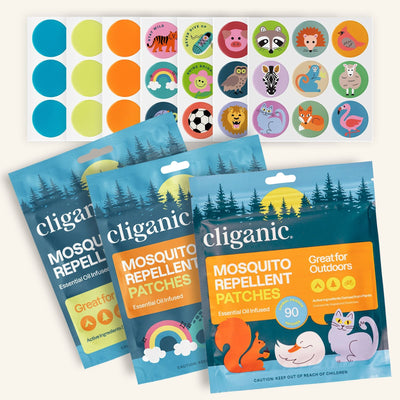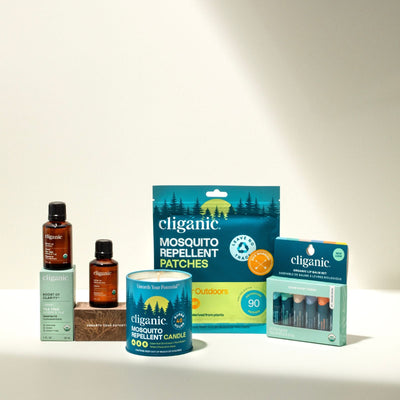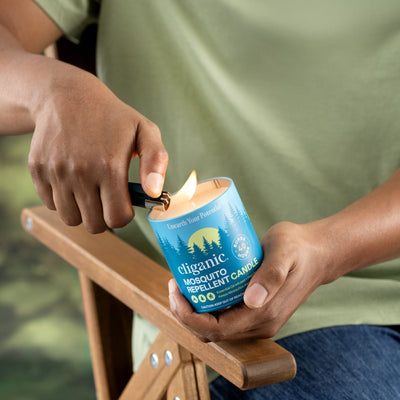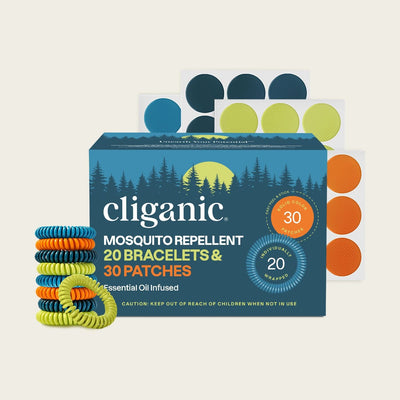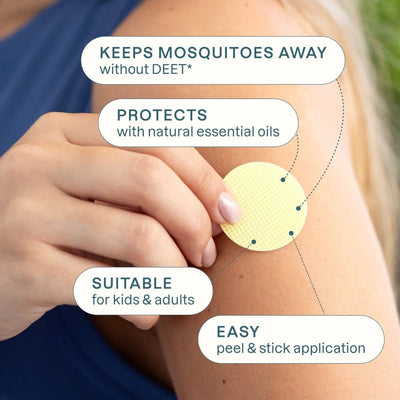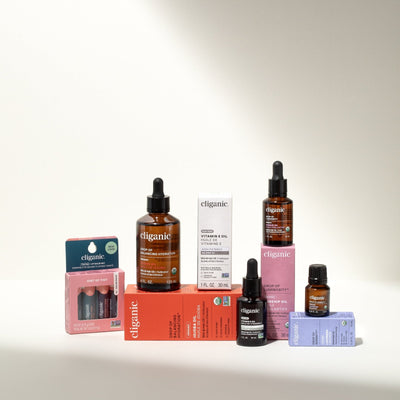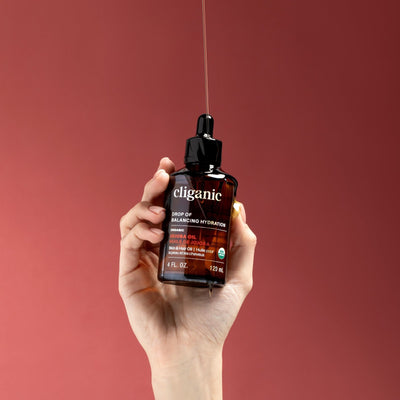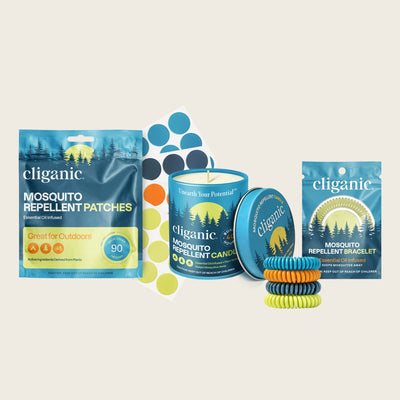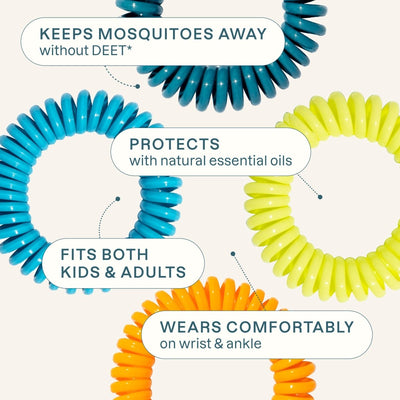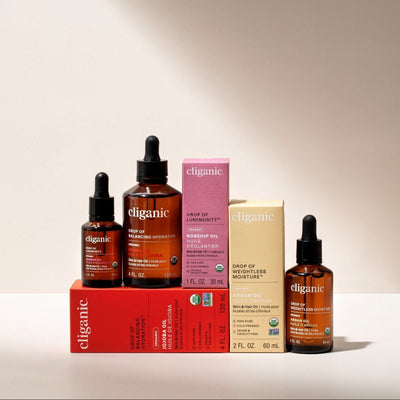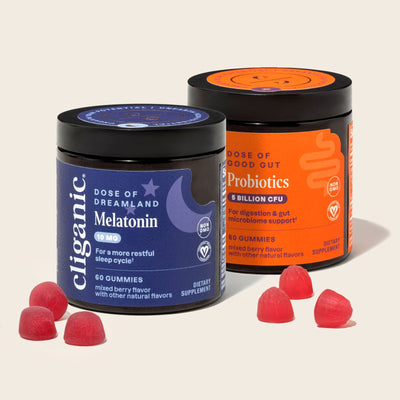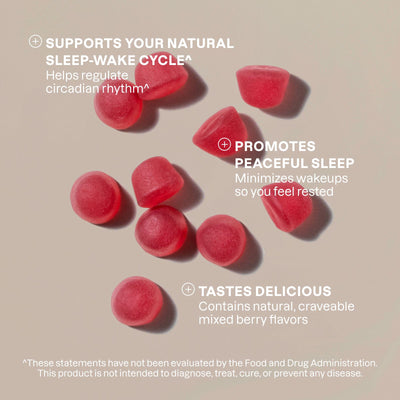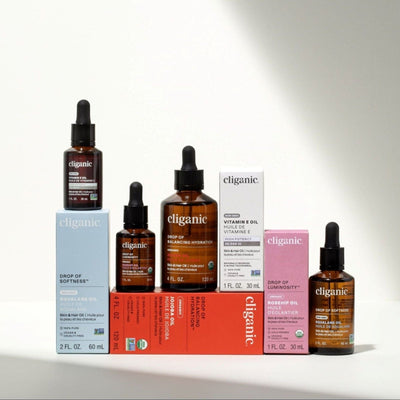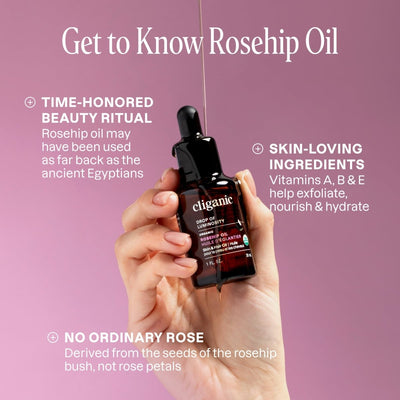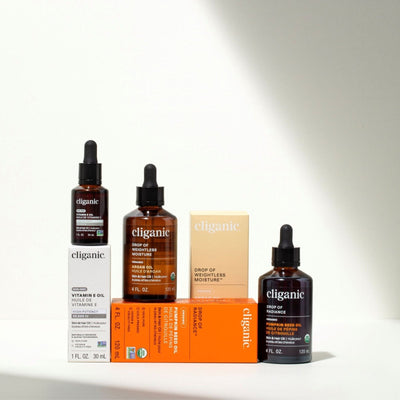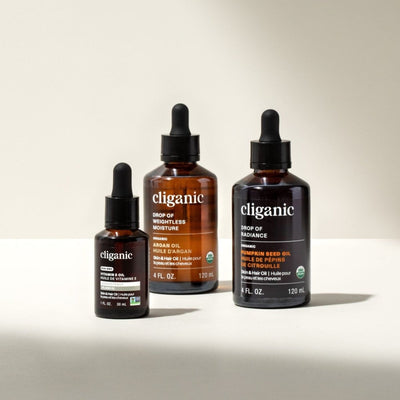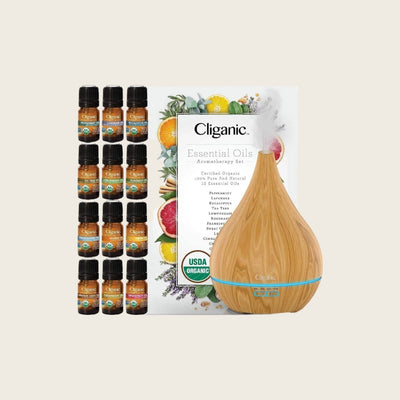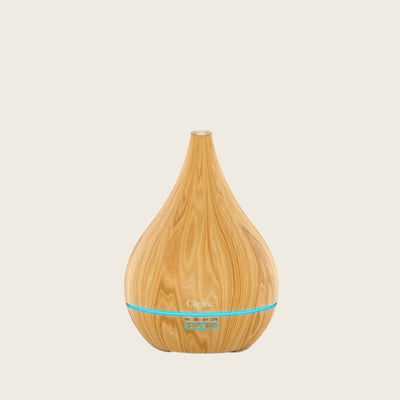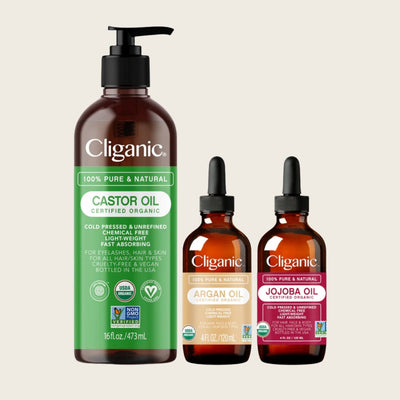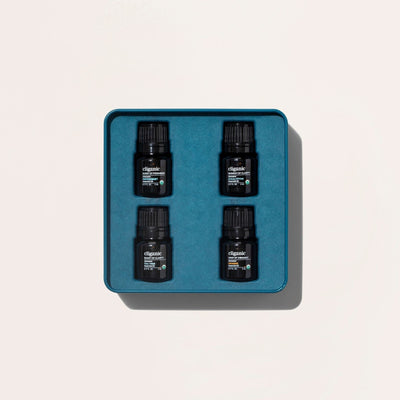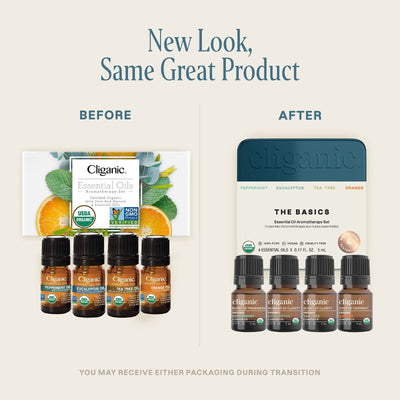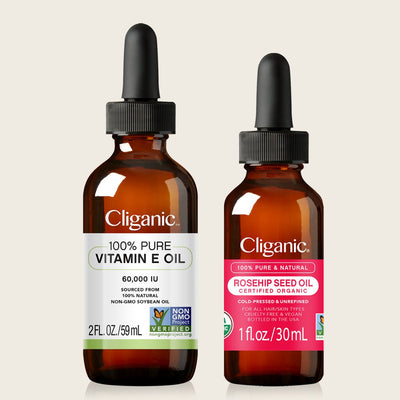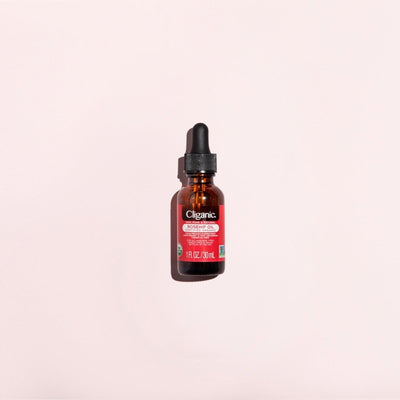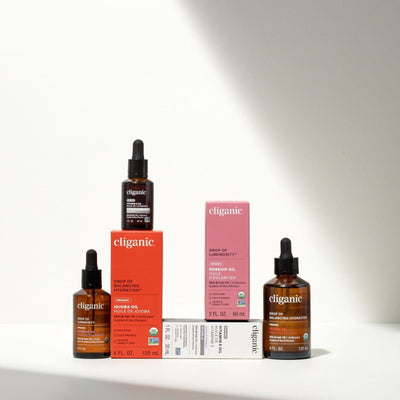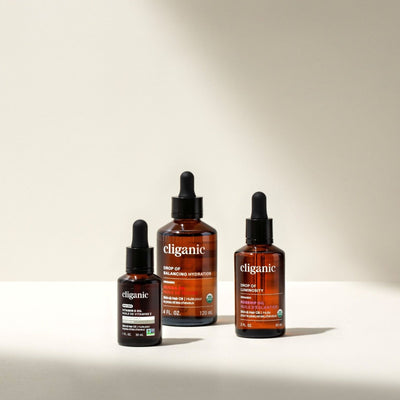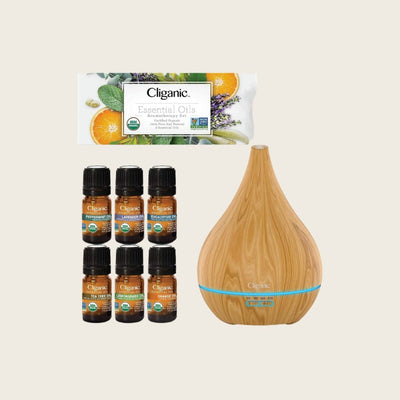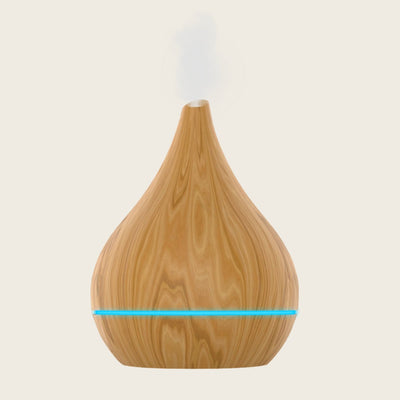06 Feb 2022
What Should I Look for When Buying Essential Oils?
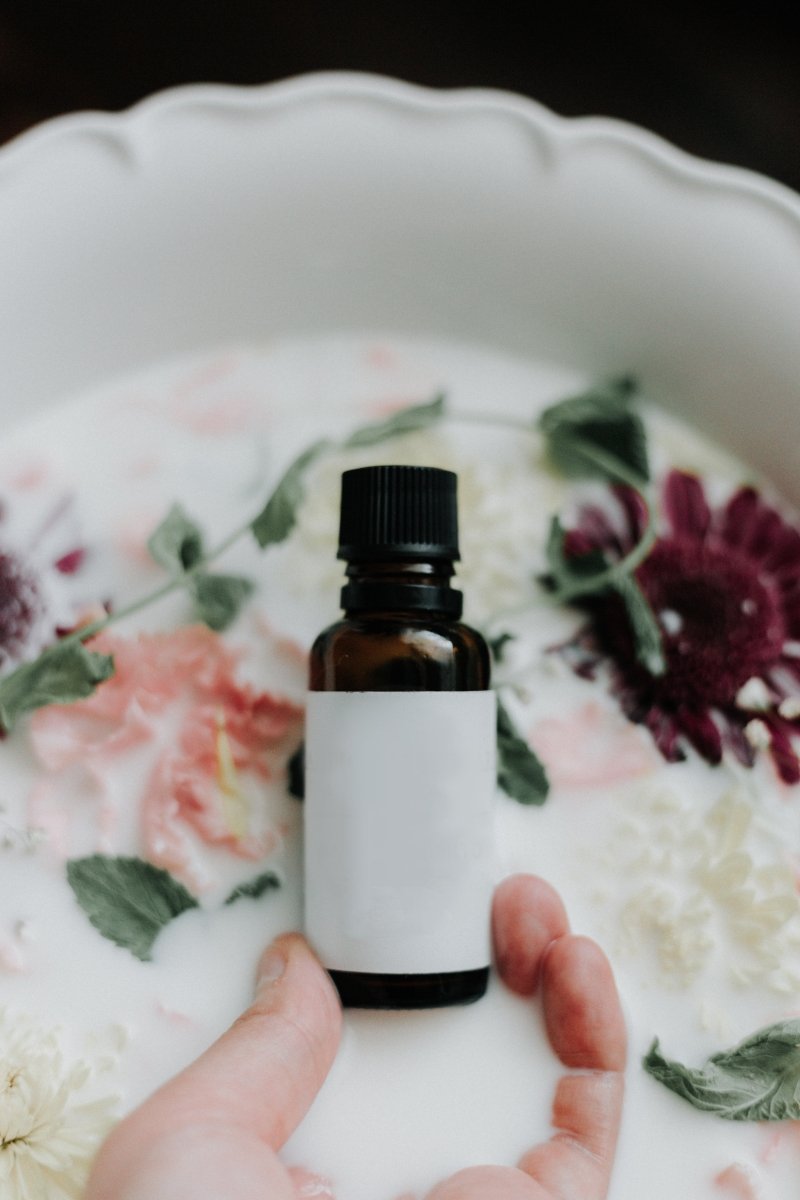
It can be really overwhelming trying to figure out which essential oils to buy. There are so many different brands, and so many differing opinions, that it feels totally impossible to choose the best ones.
So where do we begin?
Here is an 8 step checklist to help guide you through the process of choosing the best quality essential oils.
Make sure you check that the below 8 guidelines are either clearly printed on the label or packaging along with the product information page on the website, or catalogue.
Essential Oil Name:
I know this sounds very simple, but you’d be surprised how many brands get this wrong! An authentic and genuine essential oil should have both the Common Name and the Botanical Name listed on the label and packaging.
The Common Name is how we identify it in our everyday conversation, like “Peppermint” or “Ginger.” This obviously differs depending on what language we speak. The Botanical Name, on the other hand, is the name of the plant in Latin - it’s the official scientific name that botanists call the Latin Binomial. Knowing this name is critically important to have on the label because it actually tells us exactly what Genus and Species the plant belongs to.
And knowing this assures us of 2 very important things:
1) The essential oil actually comes from a real plant!
2) The essential oil is made from one specific species, not a mix of different plant species.
The Common Name and Botanical Name should be listed like this: Peppermint Essential Oil, (Mentha piperita)
Plant Part:
The label and packaging, along with the product information page should always clearly state from what part of the plant the essential oil is extracted from.
Different parts of plants yield different smelling essential oils. For example, the bitter orange tree can yield 3 very different essential oils!
1) The peel of the bitter orange fruit makes bitter orange essential oil,
2) the leaves of the bitter orange tree make petitgrain essential oil and
3) the blossoms from the bitter orange tree make neroli essential oil.
So make sure the part of the plant is clearly identified as a seeds, leaves, needles, cones, wood, bark, roots, flowers, resins or peels.
Method of Extraction:
The label and packaging, along with the product information page should always clearly state how the essential oil was extracted.
True essential oils are only extracted via the process of steam distillation, so if you see any other method described on the label or packaging, you will know immediately that the aromatic substance you are smelling is not an essential oil!
There are other methods to extract the aromatic molecules out of aromatic plants - but they don’t produce essential oils. Other methods of extraction include: using solvents to pull out the aroma creates “absolutes”, and using liquified CO2 produces CO2 extracts, and “infusions” always involve another ingredient like a vegetable oil, alcohol, glycerin or synthetic solubilizer.
When you are looking to buy pure and authentic essential oils, make sure that the extraction method is distillation because that is the only way true essential oils can be extracted.
Growing status:
This means that the label and packaging, along with the product information page should always include how the plants were grown and harvested.
Examples are USDA Organic, or Ecocert, or other third party certifications that can vouch for the plants being free from pesticides and concerning processing methods.
You might find some essential oils described as being “wild harvested.” All that means is that the plants were picked, gathered and harvested straight out of the forest, from land that is public or controlled by local authorities.
Country or geographical location:
Aromatic plants grow all over the world, and depending on where, the effects of the climate, rainfall, amount of sunshine can dramatically alter the aromatic profile of the plant.
For example, Lavender (Lavandula angustifolia) that grows at high altitudes in the French Alps has a very different aroma than the Lavender (Lavandula angustifolia) that grows in the foothills of Bulgaria.
The varying locations don’t suggest lesser quality, it just means the essential oils will smell slightly different from one another because they get a different amount of sunlight, rainfall and nutrients from the soil.
Chemistry:
A reputable essential oil seller should always make available the information about the molecules that make up their essential oils. Often this information is not printed on the label or packaging, but it should be mentioned in any descriptions of the oils found on the website or printed materials.
Paying attention to the chemistry, the composition of molecules, is important for us to know because it informs us of the active therapeutic properties as well as identifying components that may cause any potential skin irritations.
This kind of information is obviously more advanced knowledge, and most people when buying essential oils aren’t necessarily familiar with it. However, just by knowing that the company you are buying from is making the extra effort to tell you that they have the information about the chemical constituents of the oils you are buying, let’s you know 2 things:
1) They are knowledgeable about the products they sell
2) They want to be as transparent as possible about the composition of their products.
Packaging:
How essential oils are packaged can be a dead give away about their purity and authenticity.
Essential oils should always be bottled in dark glass. Light and heat can disrupt the complex dynamics of the arrangement of the essential oils’ molecules. So in order to keep them stable and smelling beautiful they should always be bottled in dark glass.
They should also have “orifice reducers” which limits the amount of oxygen that enters the bottle and offers an easy and simple way to drip out the oil.
Usage:
A trusted essential oil brand should always give you detailed information about the safest and most effective ways to use essential oils! Make sure you can find this information clearly stated on labels, packaging, websites and printed materials.
Now that you know what to look for when purchasing essential oils, you’ll be able to enjoy them even more!
Buying authentic and genuine essential oils can be easy, especially if you take the time to pay attention in the same way you may shop for healthy food. Read labels carefully and get comfortable knowing where the plants are grown and how they are processed!



